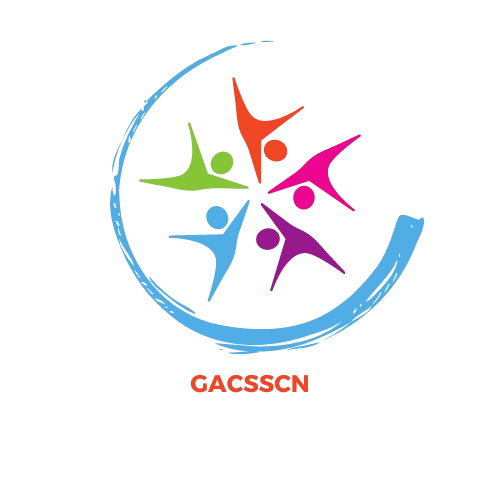Continuing to delve deeper into the multifaceted advantages and applications of a Skills Matrix Template reveals even more strategic dimensions that can elevate organizational effectiveness and employee engagement.
Cultivating a Culture of Accountability
A Skills Matrix fosters a culture of accountability Skills Matrix by clearly outlining the skills and competencies expected from employees. When individuals know what is required for their roles and how their skills contribute to team and organizational goals, they are more likely to take responsibility for their development. This accountability can drive higher performance standards and a shared commitment to achieving organizational objectives.
Enabling Strategic Workforce Development
With a Skills Matrix, organizations can strategically align workforce development initiatives with long-term business goals. By analyzing current skills against future needs, leaders can proactively identify training and hiring strategies that prepare the workforce for upcoming challenges and opportunities. This foresight not only optimizes resource allocation but also ensures that the organization remains competitive in its industry.
Supporting Diversity and Inclusion Initiatives
A Skills Matrix can play a pivotal role in enhancing diversity and inclusion efforts. By mapping skills alongside demographic data, organizations can identify underrepresented groups and the unique skills they bring. This insight allows leaders to implement targeted initiatives that promote diversity in hiring, training, and leadership development, ultimately fostering a more inclusive workplace culture.
Enhancing Employee Development through Peer Learning
The Skills Matrix can encourage peer learning by identifying employees with complementary skills who can benefit from each other’s expertise. Organizations can create mentorship programs or peer learning groups where individuals share knowledge and skills. This collaborative approach not only enhances individual competencies but also strengthens team bonds and fosters a culture of shared learning.
Informing Strategic Talent Acquisition
As organizations evolve, the need for specific skills may change. A Skills Matrix allows HR teams to identify current skill gaps and align recruitment efforts accordingly. This data-driven approach ensures that new hires possess the necessary skills to contribute effectively from day one, reducing the onboarding time and enhancing overall team productivity.
Facilitating Performance Improvement Plans
For employees facing performance challenges, a Skills Matrix can serve as a foundation for creating tailored performance improvement plans. By identifying specific skill deficits, managers can work with employees to set clear, achievable goals and provide the necessary training or resources. This targeted support not only aids in performance recovery but also demonstrates the organization’s commitment to employee development.
Enhancing Customer Experience
Understanding the skills available within the organization can significantly enhance customer experience initiatives. By mapping skills relevant to customer interaction, organizations can ensure that employees with strong customer service skills are positioned in roles where they can have the most impact. This strategic alignment improves service delivery and strengthens customer relationships.
Supporting Organizational Agility
In today’s fast-paced business environment, organizational agility is critical. A Skills Matrix helps organizations quickly assess their capabilities and mobilize resources in response to changing market conditions. By identifying where skills reside within the organization, leaders can form agile teams that are equipped to tackle new challenges, ensuring the organization remains adaptable and responsive.
Driving Innovation through Skill Diversification
A diverse skill set within teams is a catalyst for innovation. A Skills Matrix can identify unique skill combinations that can be leveraged for creative problem-solving. By promoting collaboration among employees with different skills, organizations can foster an environment where innovative ideas thrive, leading to new products, services, or process improvements.
Enhancing Succession Planning Efforts
A Skills Matrix is crucial for effective succession planning. By assessing the skills required for critical roles and mapping them against the current workforce, organizations can identify potential successors and create development plans to prepare them for future leadership positions. This proactive approach ensures continuity and minimizes disruptions during transitions.
Improving Compliance and Risk Management
For organizations in regulated industries, maintaining compliance is essential. A Skills Matrix can help ensure that employees possess the necessary competencies to adhere to regulations. By identifying skill gaps related to compliance requirements, organizations can implement targeted training programs that mitigate risks and enhance overall compliance.
Fostering a Feedback-Rich Environment
Integrating a Skills Matrix into performance reviews and feedback mechanisms creates a more structured approach to employee development. Managers can use the matrix to provide specific, actionable feedback related to skill development, fostering a culture where continuous feedback is valued. This environment encourages employees to seek growth opportunities actively.
Supporting Remote Workforce Development
In the context of remote work, a Skills Matrix helps organizations identify the specific skills needed for effective remote collaboration. By assessing remote employees’ skills, organizations can implement tailored training programs that enhance digital communication, project management, and virtual teamwork capabilities.
Building Strategic Partnerships with Educational Institutions
Organizations can leverage insights from a Skills Matrix to forge partnerships with educational institutions or training providers. By understanding the skills needed within the organization, leaders can collaborate with external entities to develop customized training programs that address specific skill gaps, ultimately enhancing the talent pool.
Conclusion
In conclusion, the Skills Matrix Template is a dynamic tool that offers extensive benefits across various dimensions of organizational management. From cultivating accountability and supporting diversity initiatives to enhancing customer experience and driving innovation, its applications are vast and impactful. By effectively leveraging a Skills Matrix, organizations can create a culture of continuous learning and development, positioning themselves for sustained success in a rapidly changing business environment. This commitment to harnessing and developing employee skills not only empowers individuals but also strengthens the organization’s overall adaptability, resilience, and competitive edge. Ultimately, investing in a comprehensive Skills Matrix leads to a skilled, engaged, and agile workforce, ready to meet the challenges and opportunities of the future.
